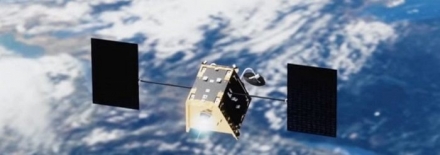
From Everything RF:
OneWeb is now authorized to use Ku and Ka-band spectrum needed to provide connectivity globally. OneWeb’s satellites have been transmitting at the designated frequencies in the correct orbit for more than 90 days, enabling them to meet the requirements to secure spectrum bands over which it has priority rights under ITU rules and regulations.
These rights will now be confirmed as the UK administration, which has filed our satellite system with the ITU, will complete the required Notification and Registration process of the company’s LEO network.
Spectrum is a scarce resource and the ITU plays a vital role in the global management for access. The harsh reality for anyone trying to make a real impact on global connectivity is that no matter how good your network is, success is not possible without the right spectrum. With this spectrum in use, OneWeb has proved that it can bring together all the elements required – in space, on the ground, and in between – to change the face of connectivity everywhere.
By meeting the requirements of the ITU regulations, OneWeb is well on its way to securing spectrum rights to high priority Ku-band spectrum for service links, and Ka-band for its global gateways. It will now have access to over 6 GHz of spectrum that will enable it to deliver its high-speed, low latency connectivity.
This achievement is the latest in a string of major milestones charting OneWeb’s progress towards commercial service and full global coverage by 2021, including the successful launch of its first 6 satellites in February, the opening of its state-of-the-art Florida manufacturing facility earlier this month, and proving its ability to deliver low latency, high-speed services through its recent full HD streaming tests.
During the remainder of 2019, OneWeb will focus on commencing its monthly launch program of more than 30 satellites per month, building an initial constellation of 650 satellites on its way to 1,980 satellites. The first phase of the constellation will provide global coverage; and further additions to the network will be focused on adding capacity to meet growing customer demands.
